This content was published: April 30, 2019. Phone numbers, email addresses, and other information may have changed.
Kayaking the rivers, bays, and wetlands of NW Oregon
PCC Community Ed
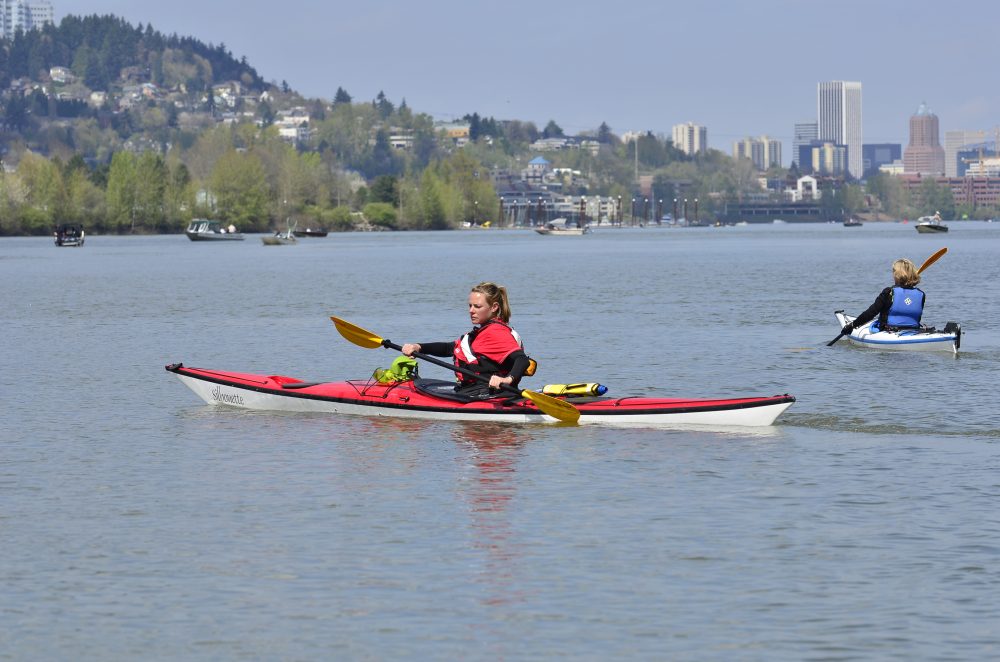
Kayaking offers an exciting way to explore an area in a way that land-based travel cannot provide. You get to use creeks, rivers, and other bodies of water as if they are roads, and spot wildlife that would be very hard to observe from land. This is great for getting a new view of your own area. Kayaks are also light enough to easily transport to other locales if you don’t live near a river.
Who Created the First Kayaks?
The Inuit, an Arctic people, are credited with developing the first kayak designs. They made these boats in a variety of ways and with several different materials. Some were made of light driftwood, others by stretching animal skins over whale bones, and some with more robust methods. The largest kayaks could run as long as 60 feet and hold entire families and their possessions.
Whale fat was used to waterproof the original vessels. Buoyancy was improved by filling seal bladders with air and placing them in the fore and aft sections of the kayak. This left an opening in the center for the rider(s).
What Were Kayaks First Used For?
These vessels were originally used for hunting. In fact, “kayak” is the Inuit word for “hunter’s boat.” They are perfect for hunting because they allow the user to ride quietly in the water and sneak up on animals at the shoreline or in the river.
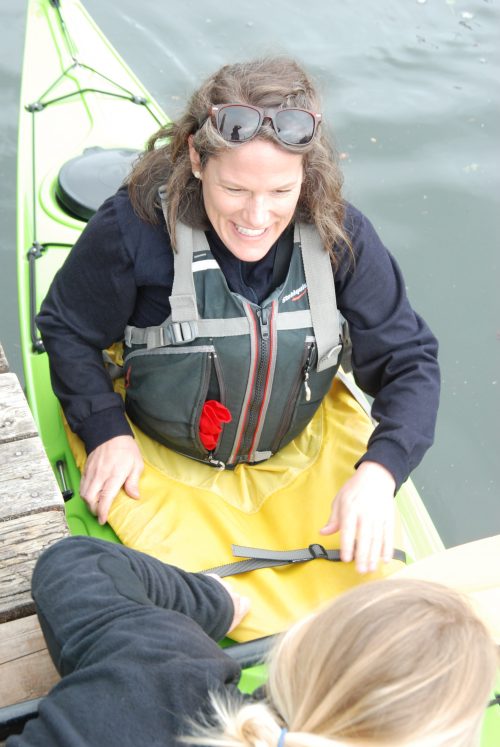
Development of the Modern Kayak
In the 1950s, wider interest in kayaks led to the development of the first fiberglass models. In 1984, we saw the creation of the first plastic kayak. This made these boats lightweight, affordable, and easy to produce.
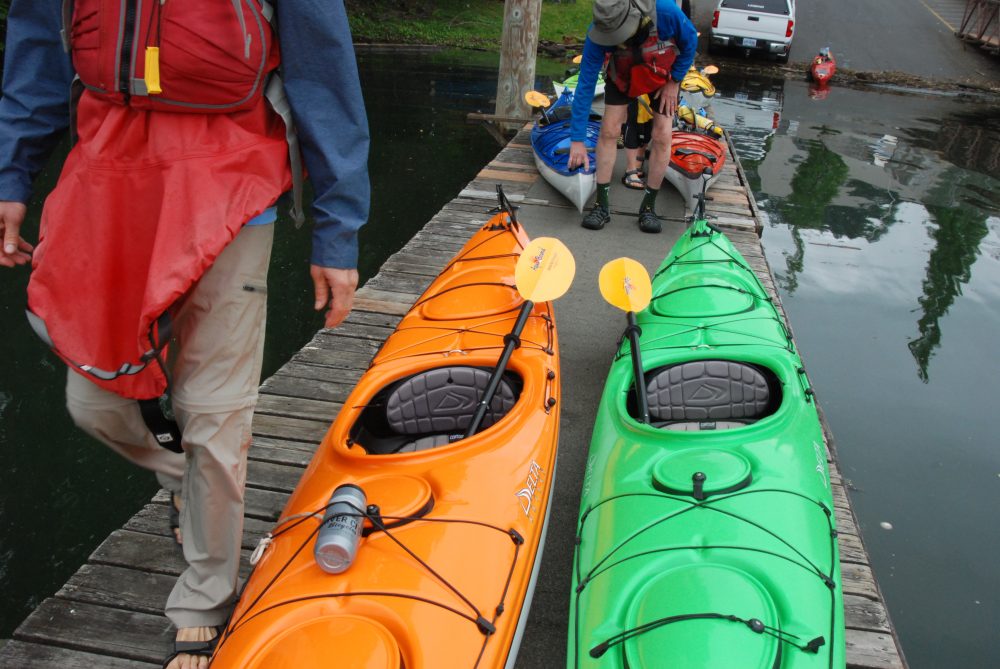
Differences Between Kayaks and Canoes
While kayaks and canoes are similar, they have a few notable differences. Canoes are also small boats, but they are completely open. Users sit or kneel inside, and use a one-bladed paddle for propulsion. Some canoes are also powered by small motors.
Kayaks are enclosed except for a small opening for the user. The user sits with the legs extended under the front part, and uses a double-bladed paddle for propulsion. Motors are not used for kayaks.
There are a few exceptions to these general rules, such as closed canoes or open kayaks, but these are specialty designs.
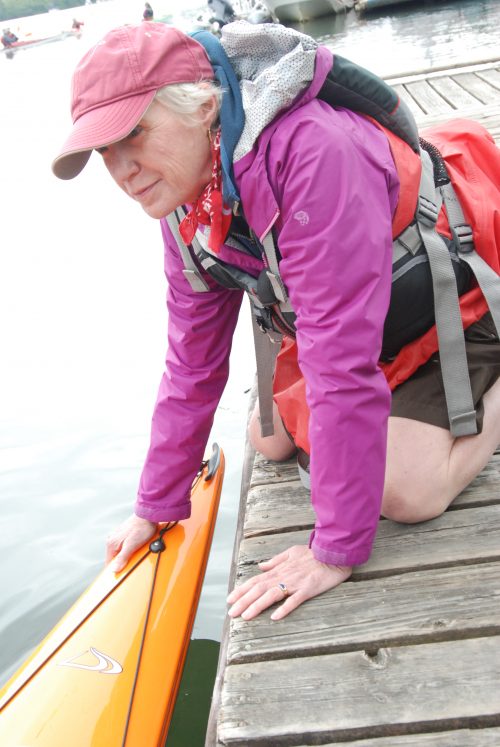
Benefits of Kayaking
Today, the main benefits of kayaking have nothing to do with hunting. Instead, they come in the form of aerobic exercise, improved strength and flexibility, and stress reduction. Physically, strength develops in the back and arms from moving the paddle and in the legs from rotating the torso as part of rowing and steering. Finally, this is a low-impact activity, so it’s unlikely to aggravate tender joints.
Mentally, you get to relax and enjoy beautiful scenery that can only be properly seen from the surface of the water. It is also relaxing because these locations are almost always isolated from traffic, loud noise, and other stressors.
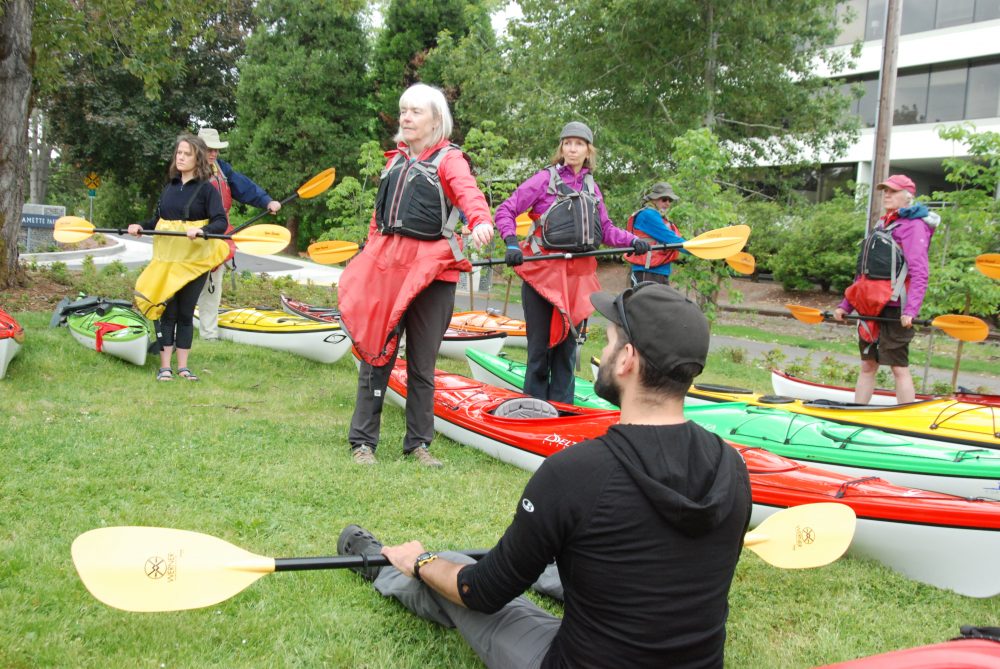
What to Expect
If you sign up for a kayaking class at PCC, we’ll provide the boat, paddle, and personal flotation device. Be sure to wear appropriate clothing (comfortable clothing for the weather) that you don’t mind if it gets a little wet.
One great way to get started with kayaking is to join one of our non-credit kayaking classes. These allow you to gain all of the benefits without the need to invest in a boat. You’ll also get to go on guided trips to beautiful locations and get tips on how to maneuver the watercraft. To get started, just sign up for one or more of our upcoming kayaking courses!
